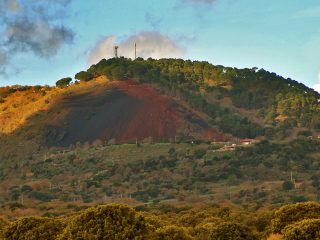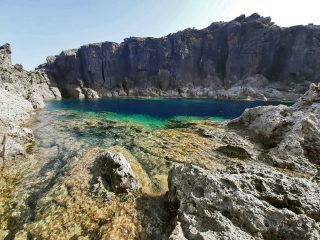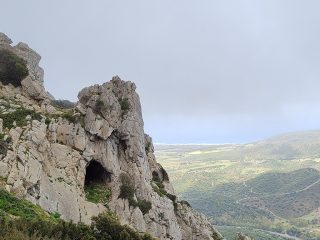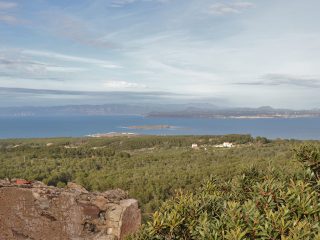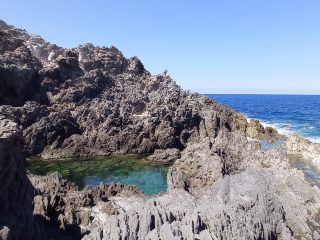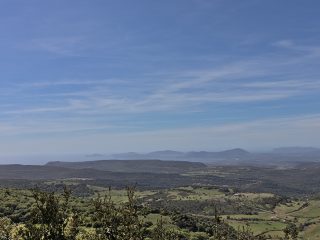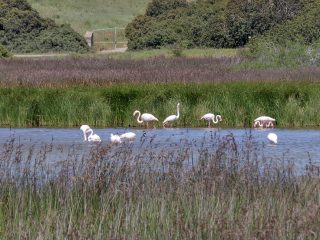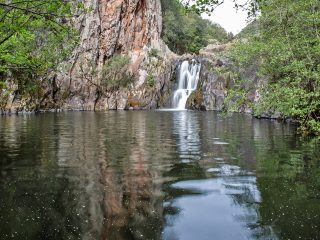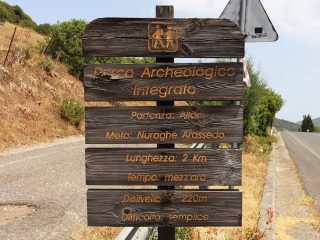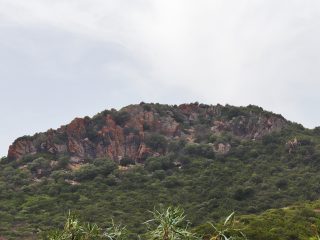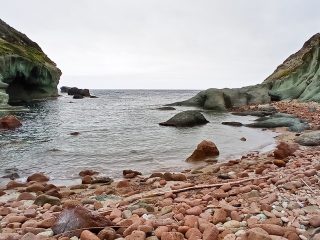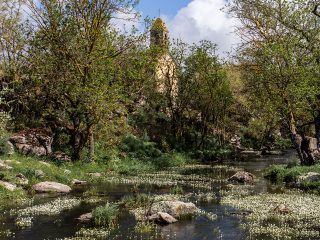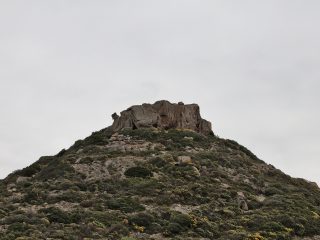Porto Pino can be found in the municipalities of Sant’Anna Arresi and Teulada, in the Golfo di Palmas, along the southwestern coast of Sardinia.
The bay extends for about six kilometres, between Punta Menga to the north and the promontory of Punta di Cala Piombo to the south. There are three stretches of sand along the coastline.
The first beach extends for around 600 metres, and the sandy shore is characterised by a fine grey sand, between Porto Pino harbour and a rocky embankment where the connecting outlet to the sea for the ponds was created. The pine forest of Aleppo pine extends behind this. This part of the beach is kitted out with a kiosk and swimming facilities.
Continuing southwards, you will come to the second beach, stretching for about 2 kilometres with fine, white sand. There is also a pine forest on this part, behind the beach. We can also find the Maestrale and is Brebeis Ponds in the forest and low dunes.
The third part extends for around 1 kilometre and falls within the area of Teulada and in part inside the military shooting range at Capo Teulada. This area goes by the name of is Arenas Biancas (or Le Dune) due to the large dune field which extends across the southern part of the beach. The sandy shore features fine, white sand, with grey reflections.
On the dunes with their almost desert like appearance, we can find bushes of euphorbia and juniper, bent by the wind and herbaceous plants like sea matweed and sea holly.
From a flora point of view, the pine wood plays an important naturalistic role in the area. Indeed, it is one of the few wild pine forests of Aleppo pine in Sardinia, as well as the one found on the island of San Pietro. As well as the Aleppo pine, you can find kermes oak, typical of these coastal areas and it too very rare on the island.
Together with the pines, we find other plant varieties like the Phoenician juniper and the Juniperus macrocarpa. Expanses of low shrub and garigue with plants of phillyrea, rosemary and rockrose can be found in the areas most exposed to the wind. The Pallenis maritima and the sea lavender also grow on the cliffs and in the rocky areas.
The wetland in the backshore features an extended system of ponds: Porto Pino pond, Maestrale pond, Is Brebeis pond, Corvo pond and the Foxi pond. The entire wetland area is used for fish farming and is connected with the salina of Santa Caterina, in the area of San Giovanni Suergiu. The area is the natural habitat of different bird species, such as the pink flamingo, the little egret, the common kingfisher and the common sandpiper.
The bay of Porto Pino was used as a seaport as early as the Punic-Phoenician era, later becoming a trading centre in Roman times.
The remains of an anti-ship gun battery from the Second World War, named after admiral Candiani sits in the promontory of Punta Menga.
The area is part of the Site of Community Importance (SCI) “Promontorio, dune e zona umida di Porto Pino” (ITB040025), regulated by the Rete Natura 2000.




